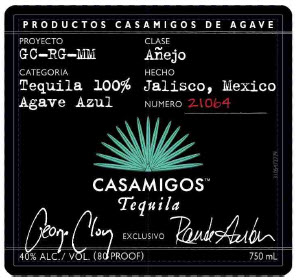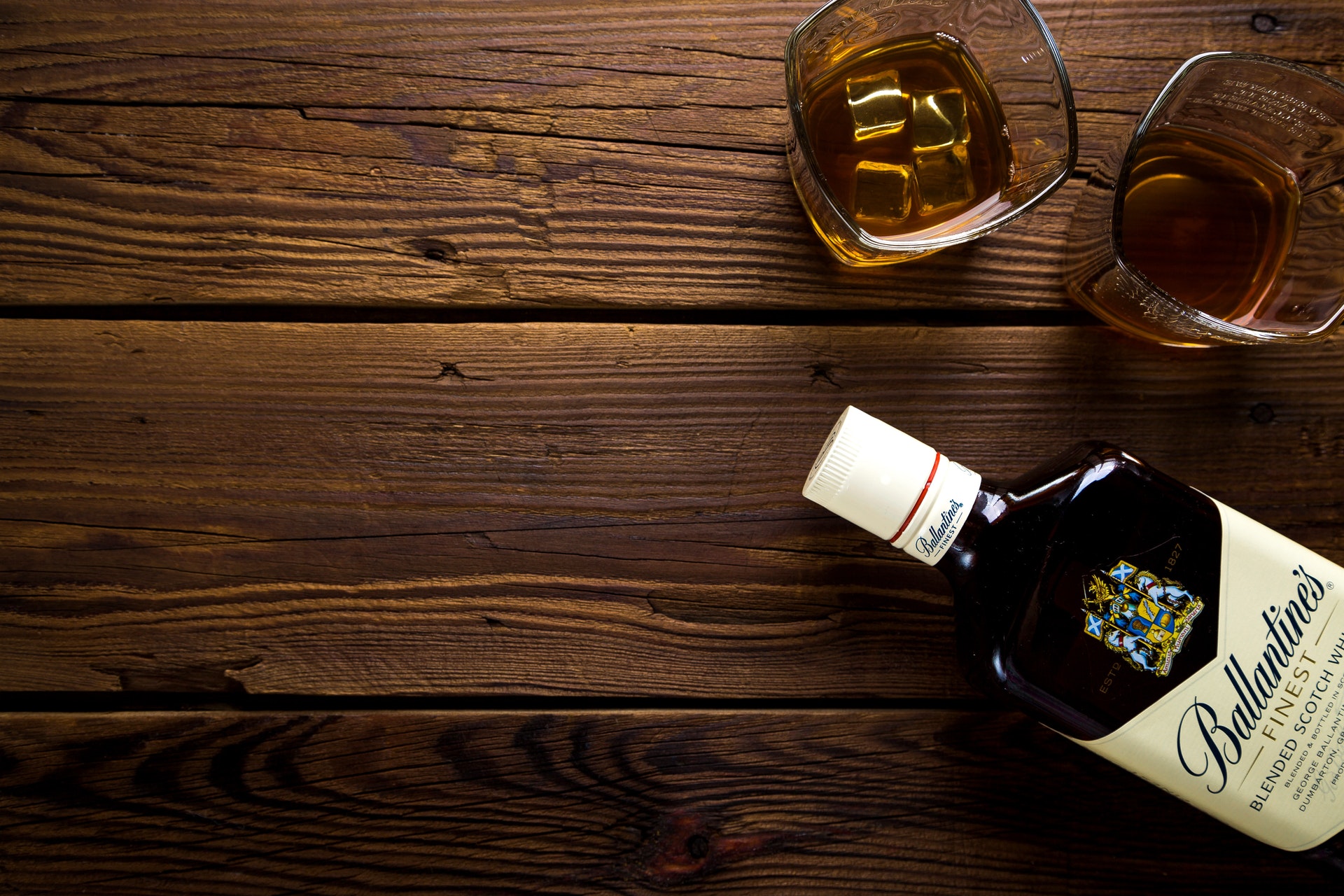Tensley Wine is not happy with the way things are going in Washington. They claim it took more than a year to get approval on the wine label above. It is no wonder, and it is some credit that our government would approve it at all. Then again, it’s not entirely clear that the label is “approved.” Box 18c shows that it is an exemption from label approval, rather than a box 18a label approval. Either way, I am pretty sure President Obama (among others in Washington) has a thick skin and can deal with it. It is clear that Tensley is annoyed, but it’s less clear what Tensley is annoyed about. There is some griping about the local bureaucracy, and a lot of griping that federal taxes are too high for some people and too low for others. The front label notes that the wine has 1% more alcohol than table wine, but is taxed at a rate 235% higher.
Continue Reading Leave a Commentalcohol beverages generally
Protest Wine
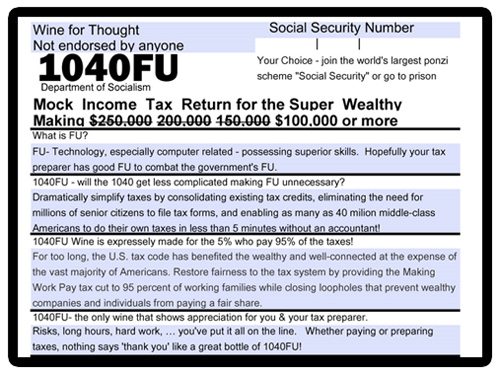
Tags: drinkwire, legally interesting/controversial, policy, political, speech
Seagram
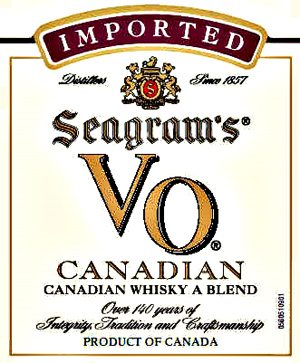
The Seagram name still carries a lot of weight, even though the company got obliterated about ten years ago. Wiki says The Seagram Company Ltd. (headquartered in Montreal, Canada) became “defunct” in 2000. Until then it was “the world’s largest producer and distributor of spirits and wines.” The brands live on. TTB’s database shows more than 500 approvals, with the brand name “Seagram,” within the past three years. This excludes famous brands formerly owned by Seagram, such as Chivas, Crown Royal, Martell, Captain Morgan, etc. The City of Waterloo’s history makes the point that “like so many success stories,” Joseph E. Seagram’s early success was “almost accidental.” Joseph was asked to look after an Ontario grain mill, back in 1864, while the owner traveled to Europe. The main business was grinding flour. Distilling was a side issue, to use up excess grain, but Seagram began buying out his colleagues and shifting production from flour to spirits. The Bronfman family acquired Joseph E. Seagram & Sons in 1928. In another “almost accidental” quirk of history, “Bronfman” means “liquor man” in Yiddish. Here is a great song that happens to feature Seagram (in a not entirely flattering light). It is Uncle Lloyd by Darrell Scott. The pertinent lyrics explain:
Continue Reading Leave a CommentHe and Dad...
Tags: famous, history, music-booze-society
US Senate Comments; Top 9 Things to Know
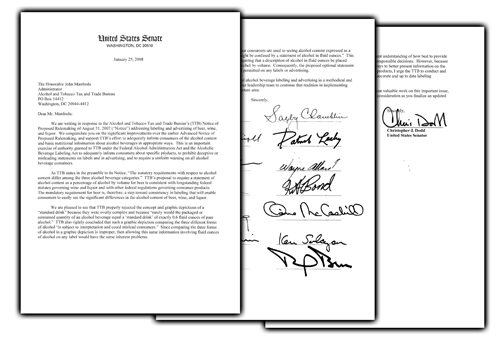
It is likely that all beer, wine and spirits labels will change dramatically in the near future. TTB Administrator John Manfreda confirmed this in a recent speech. TTB has been working on new rules since CSPI and other groups submitted a petition in 2003. The new rules would require a “Serving Facts” panel on every container. This panel would include a lot more information, such as the typical serving size, number of servings per container, calories, carbohydrates, protein and fat. Because this is a big, controversial change, TTB has received more than 18,000 public comments during the past few years. There are far too many comments for most people to review, and so we will highlight and summarize the most noteworthy comments here. The most recent proposal and comments are here. This is comment 22 in a series; to see others, click on the “serving facts” tag below. 13 Senators submitted a 2 page comment back in January of 2008. It said:
- The proposed rule looks “methodical and careful,” for the most part.
- It is time for TTB to require an alcohol content statement on beer, to be consistent with wine and spirits.
- It is improper to show standard drinks by ounces or graphical depictions, whether optional or mandatory. They are complex and misleading. ...
Tags: policy, serving facts/allergens
Alcohol Beverage Law Not for the Faint of Heart

Tough video on alcohol beverage law which takes aim at the Virginia ABC. It is credited to Caleb Brown and Austin Bragg, but it would be nice to know more about the people and groups and motivations behind this hard-hitting video. It won the 2009 award for video of the year, from the Sam Adams Alliance. For more information, contact Robert C. Lehrman.
Continue Reading Leave a CommentMorse Code Labels
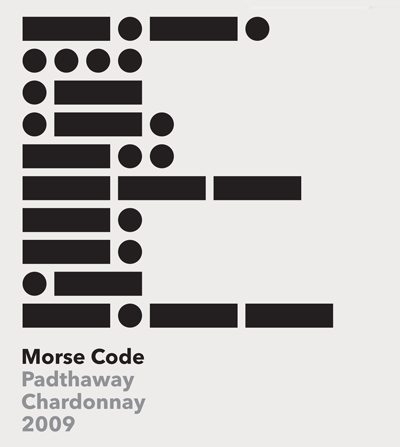
In the last post we discussed Braille wine labels. Today, Morse Code, as on this Australian wine label. Morse Code was invented in the 1840s and is an early form of the digital encoding so widespread today. As with many of the Braille labels, the Morse Code label here does not seem to explain the message embedded in the code. Does TTB require it? Should TTB require it? Finally, who can decode this? For the energetic, there is a decoder here.
Continue Reading Leave a CommentTags: design
Braille Wine Labels
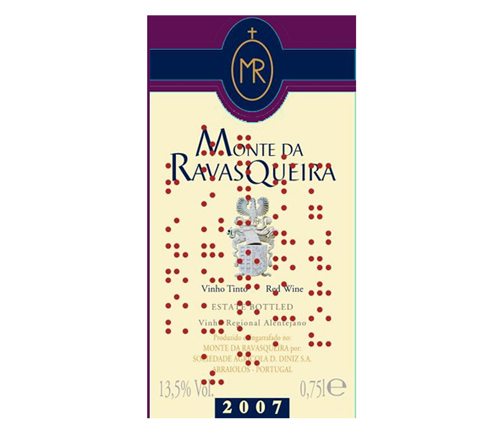
Above is an example of a wine label embossed with Braille. Such labels were virtually unavailable before about 13 years ago. Then, in 1996, M. Chapoutier of France begain using Braille on all its labels. The British newspaper, The Independent explains:
The technique is the same as printing visible labels: an iron Braille negative is pressed onto the back of the paper label to make the Braille bumps. Mr. Chapoutier decided to use his 40-year-old printing machine to make every one of the 2.5 million bottles of wine he produces each year. They have proved a success … . As fewer than 20,000 of the one million registered blind and partially sighted people in the UK can read Braille, other methods are also being urged including the use of audio-tapes, large print and computer disks.
The article explains that bleach and eye drops are the only other UK products imprinted with Braille. It would seem that the Braille text should be covered on the TTB label approval, just like English letters, or any other language such as Japanese. And yet we have flipped through quite a few label approvals with Braille and very few mention Braille on the label approval.
Continue Reading Leave a Comment